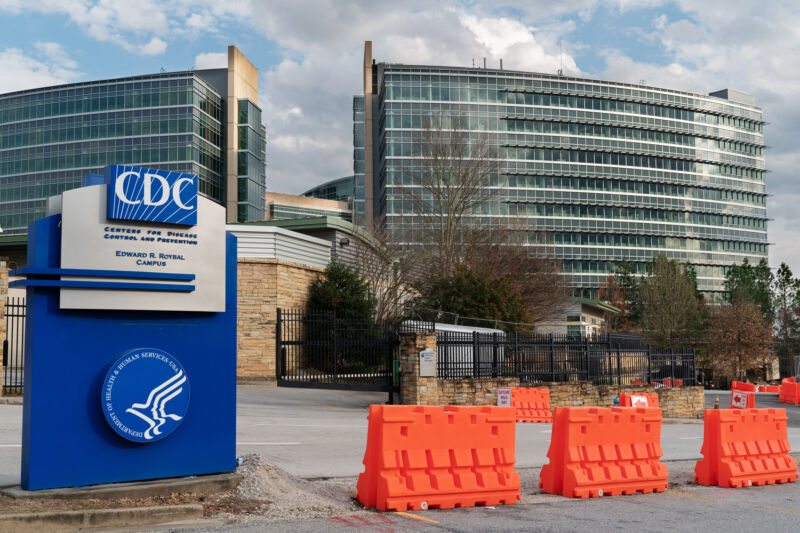OSHA very interesting safety rules about people force to wear a mask at work – Updated

Source: OSHA
Cloth face coverings:
- May be commercially produced or improvised (i.e., homemade) garments, scarves, bandanas, or items made from t-shirts or other fabrics.
- Are worn in public over the nose and mouth to contain the wearer’s potentially infectious respiratory droplets produced when an infected person coughs, sneezes, or talks and to limit the spread of SARS-CoV-2, the virus that causes Coronavirus Disease 2019 (COVID-19), to others.
- Are not considered personal protective equipment (PPE).
- Will not protect the wearer against airborne transmissible infectious agents due to loose fit and lack of seal or inadequate filtration.
- Are not appropriate substitutes for PPE such as respirators (e.g., N95 respirators) or medical face masks (e.g., surgical masks) in workplaces where respirators or face masks are recommended or required to protect the wearer.
- May be used by almost any worker, although those who have trouble breathing or are otherwise unable to put on or remove a mask without assistance should not wear one.
- May be disposable or reusable after proper washing.
Surgical masks:
- Are typically cleared by the U.S. Food and Drug Administration as medical devices (though not all devices that look like surgical masks are actually medical-grade, cleared devices).
- Are used to protect workers against splashes and sprays (i.e., droplets) containing potentially infectious materials. In this capacity, surgical masks are considered PPE. Under OSHA’s PPE standard (29 CFR 1910.132), employers must provide any necessary PPE at no-cost to workers.1
- May also be worn to contain the wearer’s respiratory droplets (e.g., healthcare workers, such as surgeons, wear them to avoid contaminating surgical sites, and dentists and dental hygienists wear them to protect patients).
- Should be placed on sick individuals to prevent the transmission of respiratory infections that spread by large droplets.
- Will not protect the wearer against airborne transmissible infectious agents due to loose fit and lack of seal or inadequate filtration.
- May be used by almost anyone.
- Should be properly disposed of after use.
Source: OSHA
Paragraph (d)(2)(iii) of the Respiratory Protection Standard considers any atmosphere with an oxygen level below 19.5 percent to be oxygen-deficient and immediately dangerous to life or health.
To ensure that employees have a reliable source of air with an oxygen content of at least 19.5 percent, paragraphs (d)(2)(i)(A) and (d)(2)(i)(B) of the Respiratory Protection Standard require employers working under oxygen-deficient conditions to provide their employees with a self-contained breathing apparatus or a combination full-facepiece pressure-demand supplied-air respirator with auxiliary self-contained air supply.
In the preamble to the final Respiratory Protection Standard, OSHA discussed extensively its rationale for requiring that employees breathe air consisting of at least 19.5 percent oxygen. The following excerpt, taken from the preamble, explains the basis for this requirement:
Human beings must breathe oxygen . . . to survive, and begin to suffer adverse health effects when the oxygen level of their breathing air drops below [19.5 percent oxygen]. Below 19.5 percent oxygen . . . , air is considered oxygen-deficient.
At concentrations of 16 to 19.5 percent, workers engaged in any form of exertion can rapidly become symptomatic as their tissues fail to obtain the oxygen necessary to function properly (Rom, W., Environmental and Occupational Medicine, 2nd ed.; Little, Brown; Boston, 1992).
Increased breathing rates, accelerated heartbeat, and impaired thinking or coordination occur more quickly in an oxygen-deficient environment. Even a momentary loss of coordination may be devastating to a worker if it occurs while the worker is performing a potentially dangerous activity, such as climbing a ladder.
Concentrations of 12 to 16 percent oxygen cause tachypnea (increased breathing rates), tachycardia (accelerated heartbeat), and impaired attention, thinking, and coordination (e.g., Ex. 25-4), even in people who are resting.
This is from official government website: OSHA



